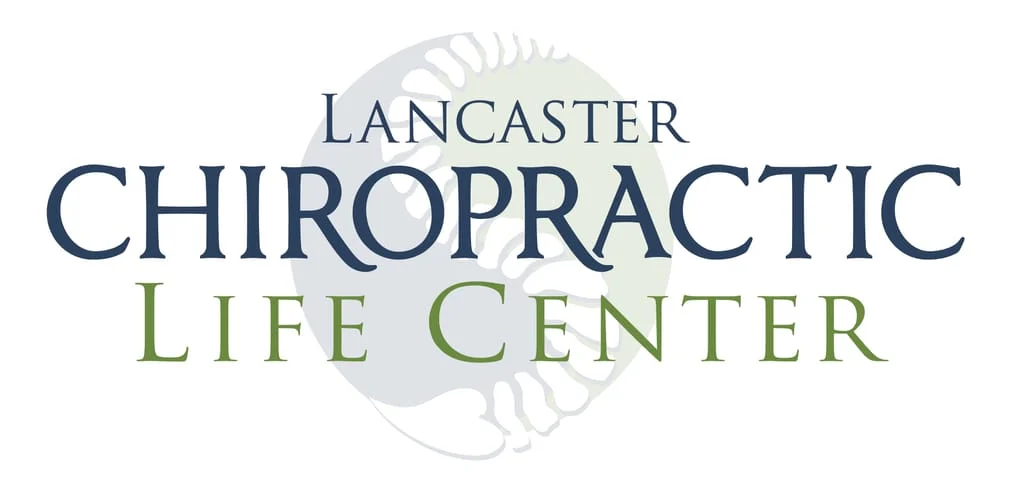
- posted: Dec. 17, 2020

Resolution of Low Back and Pelvic Pain in a Pregnant Woman Under Chiropractic Care
The Journal of Pediatric, Maternal and Family Health published the results of a case study in their journal on December 16, 2019, describing the successful health outcomes following chiropractic care of a pregnant woman presenting with low back pain.
Pelvic girdle pain and low back pain are the most common musculoskeletal disorders experienced during pregnancy. In fact, worldwide research estimates that 30-70% of women experience low back pain during pregnancy, attributed to the increase weight gain, biomechanical changes, and effects of the hormone relaxin during pregnancy.
With concerns of safety and adverse events associated with pain medications during pregnancy, many women are turning to complementary and alternative medicine (CAM) to address pregnancy-related musculoskeletal complaints. It was found that among reproductive-age women in the United States, 67% reported using any CAM in the past year.
In this case, the patient was a 28-year-old pregnant female with complaints of low back pain that radiated to her right sacroiliac joint. She was 31-weeks pregnant with her 2nd child. Her pain began one week prior after picking up her 2-year-old child. The patient described the pain as constant since it began. She had been using heat and stretching before going to the chiropractor, but none of these practices have helped decrease her pain.
A chiropractic examination was performed which included postural analysis, digital palpation, active range of motion, and orthopedic testing. The physical examination revealed a slight forward lean posture with pain when asked to extend backwards. The patient’s lower lumbar spine was hypertonic on the right paraspinal muscles with restricted SI joint movement. Lumbar extension was found to be limited to approximately 15 degrees.
Based on the examination findings, subluxations were found at right anterior inferior sacrum and right L5 spinous process rotation. The patient consented to a course of chiropractic care utilizing the Webster Technique. A drop table was utilized to address the patient’s sacral subluxation.
The patient was seen for care for once a week until she gave birth. The patient experienced immediate relief with her low back and SI pain with the Webster Technique. Her range of motion in lumbar extension increased to approximately 40 degrees from 15 degrees previously. The patient rated her pain complaint at 1/10 with minor soreness at her right iliac crest.
In conclusion, this case provides supporting evidence that pregnant patients suffering from low back pain may benefit from chiropractic care utilizing the Webster Technique.
Date to Remember
The office will be open Thursday, January 21st from 10:00am-12:00pm only. We will be closed the afternoon hours.
The Six Silent Signs of Subluxation
What is Subluxation?
Our spine protects our spinal cord, which sends messages from our brain to all parts of our body via the nerves that exit between each vertebra. This is known as our central nervous system, the master control center of our body. If just one vertebra is slightly out of alignment, it can cause nerve interference resulting in disfunction of the body. This disfunction can manifest itself in silent signs of subluxation.
Difficulty Sleeping
Subluxation can disrupt sleep patterns. Our bodies require a certain number of hours of sleep each night, and when our bodies are denied that amount, it can have some surprising side effects. A paper published by the American Academy of Neurology in 2014 said that at least 25% of children have a sleep-related problem between infancy and adolescence. Sleep deprivation can lead to impaired cognitive function, ability to concentrate, reason and problem solve. It has been suggested that lack of sleep can lead to severe health issues and depression.
Poor Posture
The spine has a direct affect on our posture. What we don’t realize, is how much of our daily activities actually increase poor posture. It has been determined that the typical child spends 8.5 hours a day, bent or hunched over some sort of technological device.
Weak Immune System
If you or someone in your family may seem to catch every bug that goes around, this could be a sign of subluxation. The immune system operates by the brain recognizing an invader (virus or bacteria) and responds by telling the body to produce antibodies and eliminate the problem. If your immune system is operating properly, it will have a better chance of fighting of the illness.
Behavioral Problems
Studies have found evidence to support improvement in ADHD symptoms as well as other behavioral, social, or emotional difficulties following routine chiropractic care. Regular adjustments, as well as proper diet and exercise, can be effective in helping these difficulties.
Respiratory or Food Allergies
Allergies occur when the immune system overreacts to a food or airborne allergen that it has mistaken as harmful. It reacts by creating specific antibodies or histamine to fight something that isn’t really dangerous. A body that is functioning properly may not react this way.
Digestion and Elimination Problems
The process of digesting food and eliminating waste is another important bodily system controlled by the central nervous system. Nerve interference can affect how the body functions resulting in common digestion and elimination problems such as colic, reflux, constipation, and diarrhea.
An absence of symptoms does not always mean the presence of health. Chiropractors are specifically trained to recognize the silent signs of subluxation and help you and your family have a higher quality of life.
“Here’s to a year of better habits, positive thinking, clean eating and most of all, loving yourself.”
Newsletter References:
Annals of Vertebral Subluxation Research, Volume 2020
Unknown Chiropractic Newsletters

